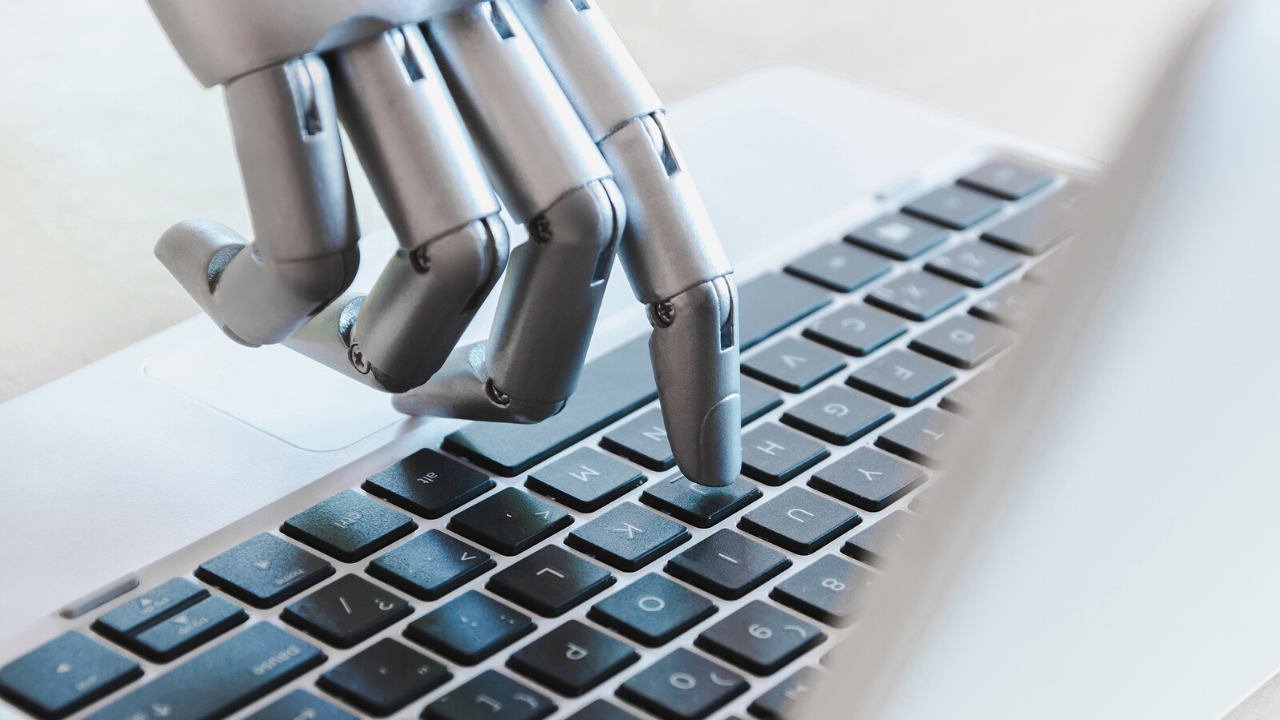Before the coronavirus outbreak, machine productivity replacing human workers was already within the realm of possibility. In a post-COVID-19 world, it is likely that the speed in which companies adopt automation will gain traction.
The advantages of adopting machine productivity seemed less definite prior to this health crisis. The argument often made was that this technology would promote better wellbeing, boost business productivity and increase competitiveness.
Before the coronavirus pandemic, investment in artificial intelligence grew from $12 billion in 2017 to an expected $60 billion in 2021. And as companies across various industries struggle financially, COVID-19 will most likely trigger the acceleration of AI replacing humans.
Although there have been concerns about the adoption of automation in the workplace, it is an unavoidable change. The benefits of automation include the fact that machines do not get sick and can continue production under circumstances such as this.
Additionally, machines in the midst of a pandemic have the ability to provide humans with essential items such as food and healthcare equipment like masks, gloves, hospital beds and more, while keeping humans safe from illness.
Still, the impact of this change in the long term in terms of its lack of human interaction is quite complex. While it is practically impossible to address these issues at the present, it is clear that the effect that coronavirus has on the economy will justify the inclusion of AI.


 Dr. Gleb Tsipursky – The Office Whisperer
Dr. Gleb Tsipursky – The Office Whisperer Nirit Cohen – WorkFutures
Nirit Cohen – WorkFutures Angela Howard – Culture Expert
Angela Howard – Culture Expert Drew Jones – Design & Innovation
Drew Jones – Design & Innovation Jonathan Price – CRE & Flex Expert
Jonathan Price – CRE & Flex Expert











